Crunches Exercise
Crunches are a strengthening exercise that strengthens the abdominal muscles. They involve lifting the upper body while keeping the lower back on the floor, engaging the abs to build strength and endurance. Variations can adjust the intensity for different fitness levels.
The six-pack muscle that runs down the front of the torso, the rectus abdominis, is the muscle that they target. Exercises for the entire body or core strength might include ab crunches.
Table of Contents
What are crunches?
Classic core workouts like crunches are excellent for strengthening your core and defining the muscles in your front abdomen, commonly referred to as your “abs” but technically known as the rectus abdominis.
They do more than that, though.
Crunches also strengthen the obliques, which are muscles on the sides of your trunk, as well as the pelvic, lower back, and hips.
Each of the several variants of this well-liked workout is intended to focus on a particular section of your abs. But you’ll need to know how to do it properly and correctly if you want to get the most out of any kind of crunch and not hurt yourself. What you need to know about crunches, including their benefits and drawbacks, and expert suggestions for doing the most popular types correctly.
Different kinds of crunches
There are many different kinds of crunches with which to pick. Starting with the four fundamental categories listed below can thus be beneficial and may make things feel less daunting. Each concentrates on particular abdominal muscles:
- Perform simple crunches to strengthen your rectus abdominis.
- The only exercises that work your rectus abdominis and oblique muscles are bicycle crunches.
- Target your rectus abdominis, transverse abdominis (the deep muscles beneath your abs), and obliques with reverse crunches; target your rectus abdominis and oblique muscles with crossover crunches.
How to Do Abdominal Crunches
Bend your knees while lying on the floor and place your hands across your chest or behind your head. Pulling on the neck can be avoided, according to some, by crossing the arms over the chest
- Get your core active.
- Use the muscles in your abdomen to crunch your ribs towards your pelvis.
- Keep your chin up and your neck straight as you exhale as you rise.
- Breathe consistently while holding at the peak of the action for a few seconds.
- Don’t completely relax, but progressively lower yourself.
- Perform 15–20 reps, being sure to use proper technique each time.
Crunches Exercise Video
How to do bicycle crunches
Clamping your fingertips behind your head is something you should avoid when performing bicycle crunches. Prior to increasing the tempo, make sure you have mastered the exercise. Think big: for every repetition, concentrate on maintaining your elbows wide open and completely lengthening your leg, adds Chiara.
- Lay on your back with your elbows wide open and your fingertips behind your ears. Tighten your abdominal muscles and place your legs hip-width apart on the tabletop so that your ankles line up with your 90-degree bent knees and your knees are squarely above your hips.
- As you raise your shoulder blades off the floor and bring your right knee closer to your chest, rotate your body such that your left elbow taps your right knee. At the same moment, maintain your left leg off the ground and extend it.
- Switch sides while maintaining an open elbow position and pressing your navel on your spine. One rep, that is.
- Five rounds of 10–12 repetitions are required.
How to Do Bicycle Crunches Video
How to do Reverse Crunches
For reverse crunches, it’s helpful to “go slow and control each step with your abs.” You also don’t want to roll too far. During the upward phase, just your hips and tailbone should be lifted off the mat. As soon as more of your back begins to come off the floor, stop, adds Chiara.
- Place your feet hip-width apart on the floor while lying on your back. Arms should be resting on your sides. With your abs tight, carefully lift both legs to the tabletop position while maintaining a hip-width distance between them. Your ankles should line up with your 90-degree bent knees, and your knees should be exactly above your hips.
- This is the initial position. Maintain a neutral spine with your lower back curving slightly naturally. Breathe deeply in.
- Exhale as you tighten your abs to bring your knees and hips up to your chest; as you curl, your hips should lift off the mat. Keep your knees at the same angle. Keep your shoulders and neck relaxed.
- With your knees over your hips and your hips back on the mat, still bent at a 90-degree angle, gently return to the beginning position after taking a deep breath.
- Five rounds of 10–12 repetitions are required.
Reverse Crunch Video
What are the benefits of doing Crunches?
The rectus abdominus, or six-pack, is a muscle located on the front of your abdomen that is worked by ab crunches. To raise your shoulders closer to your hips, flex your rectus abdominis muscle.
It is one of the main core muscles that gives your body stability. The cornerstone of your everyday motions and athletic performance is a strong back and abs. In order to promote spinal and pelvic stability and avoid back pain and strain, a strong core is essential.
- A stronger core and better posture
- You’ll burn some calories
- You don’t need any equipment
- Less back pain
The disadvantages of crunches
- They only target your core
- They can cause injury
They only target your core: Crunches are a terrific way to strengthen your core muscles, but they only engage a few muscles. In addition to cardio, you will need to incorporate additional activities into your program if you want a full-body workout. It is recommended that you engage in moderate-intensity exercise for at least 150 minutes every week, with at least two days of the week dedicated to strengthening exercises.
They can cause injury: Your spine flexes during crunches, applying pressure on that region. Crunches can overstress your neck and spine, which can result in a new injury if you already have a back condition or if you perform the exercise incorrectly. Because of this, crunches might not be suitable for anyone over 65, particularly if they have already had a neck or back injury. Before performing crunches, get guidance from a personal trainer and a doctor if you’re not sure.
Variation Of Abdominal Crunches
Use a variety of ab crunches to achieve your objectives and skill level.
- Full Ab Crunches
- Exercise Ball Crunch
Full Ab Crunches:
- While lying on your back, contract your core.
- As you raise your shoulders one or two inches off the ground, visualize your ribs moving toward your pelvis. Lift your upper body while simultaneously bringing your knees in.
- Keep your chin up and your neck straight as you exhale as you rise.
- Breathe consistently while holding at the peak of the action for a few seconds.
- Slowly descend again without completely unwinding.
- Perform 15–20 reps, being sure to use proper technique each time.
Exercise Ball Crunch:
- Position your feet flat on the floor and your upper to mid-back on an exercise ball.
- Employing your abdominal muscles, compress your ribs in the direction of your pelvis.
- Slowly drop down over the ball after holding the crunch at the top for a count.
Precautions While Performing Crunches
Consult your physician or physical therapist about whether abdominal crunches are suitable for you if you have neck or back issues. When performed incorrectly, they can put stress on the neck and compress the spine. After the first trimester of pregnancy and after giving birth, you might need to avoid ab crunches if you have diastasis recti. To learn more, consult your healthcare practitioner.
Summary
- Crunches can help you develop a stronger core as well as better posture, stability, and balance.
- Since crunches primarily train your core, you’ll also need to perform additional strengthening exercises and cardiovascular activities for a full-body workout. If done incorrectly, crunches can cause damage to your neck and spine and exacerbate pre-existing issues.
- Crunch exercises can be classified as basic, reverse, bicycle, or cross-over.
- If you have back or neck issues or are not sure if crunches are safe for you, see a physician before performing them.
FAQ’s
No, belly fat cannot be reduced by crunches alone. Although they tone your abdominal muscles, crunches don’t reduce belly fat.
You may strengthen yourself to perform everyday tasks without getting hurt by doing core workouts. You could find it easier to fix things around the house or lift large objects, for instance. You could also straighten your posture.
The amount of crunches you should perform each day is determined by your fitness level and objectives. Don’t overdo it; instead, pay attention to your body.
walking, very quickly.
Running.
Cycling.
Rowing.
Swimming and cycling.
courses for group exercise.
References:
- Cpt, P. W. (2024b, July 9). AB crunches: proper form, variations, and common mistakes. Verywell Fit. https://www.verywellfit.com/how-to-do-a-perfect-abdominal-crunch-1229513
- Nunez, K. (2019, September 26). How to do crunches and other exercises for toned abs. Healthline. https://www.healthline.com/health/exercise-fitness/how-to-do-crunches
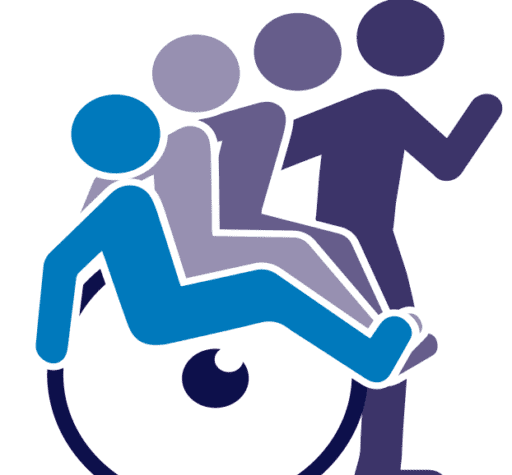
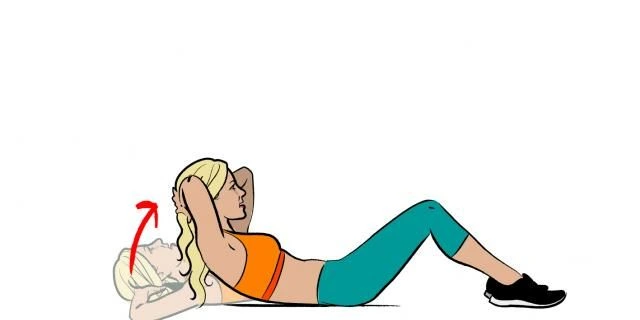
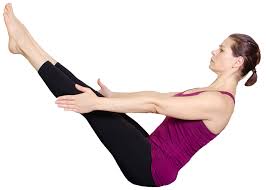
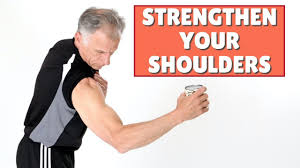
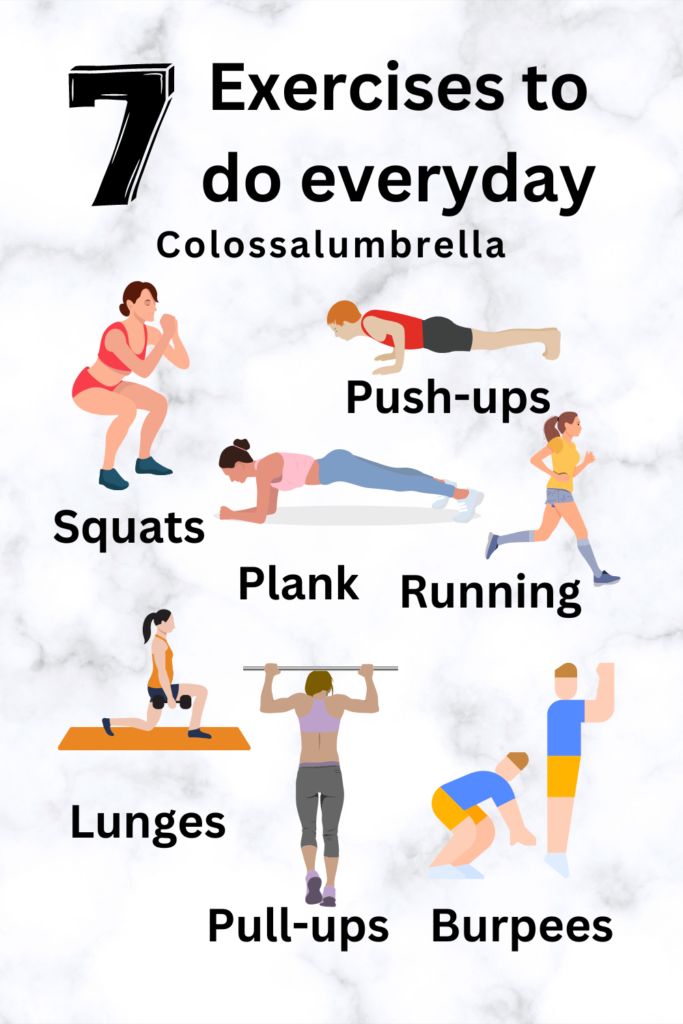

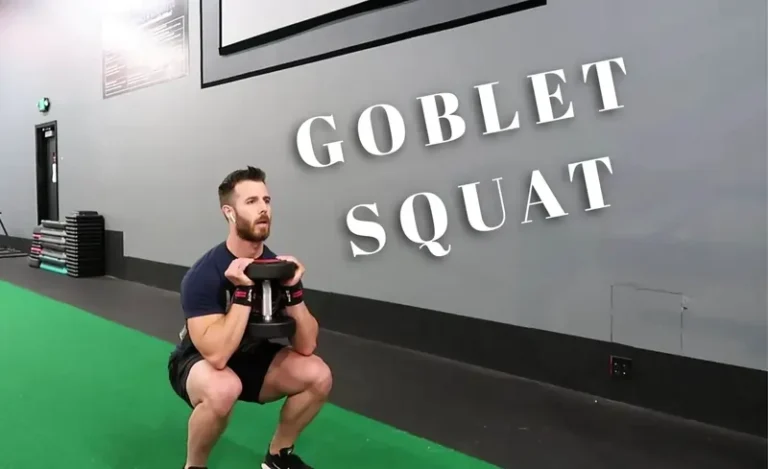
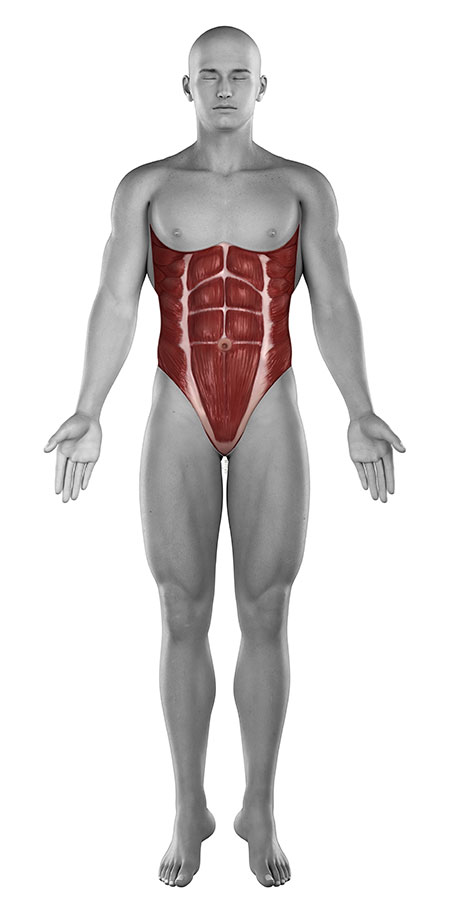
2 Comments